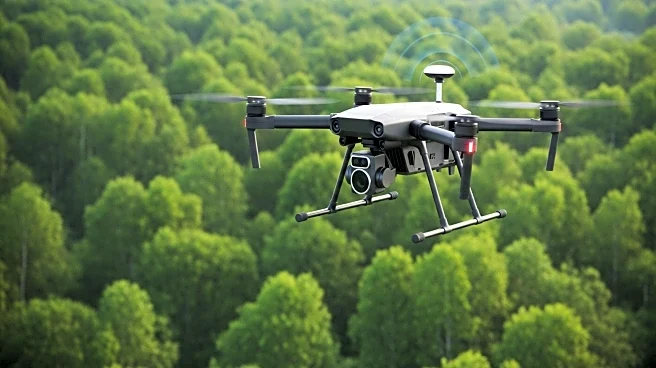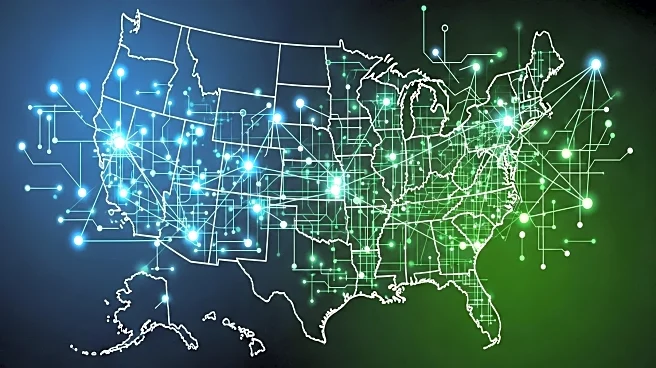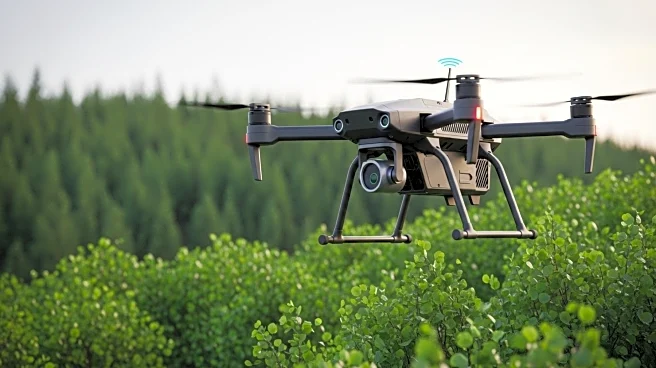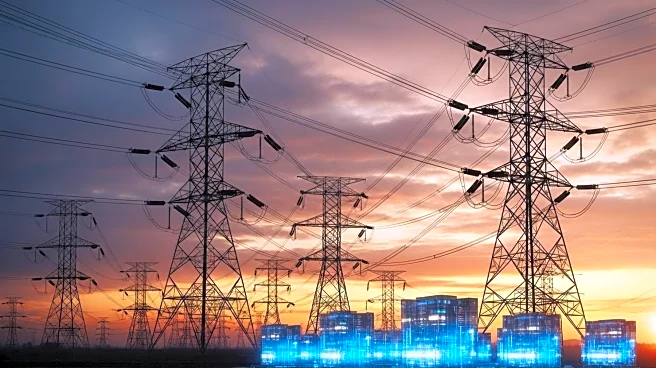What is the story about?
What's Happening?
Utilities across the United States are increasingly adopting artificial intelligence (AI) technologies to manage vegetation and mitigate risks associated with wildfires and power outages. Vegetation, while essential to the ecosystem, poses significant threats to power infrastructure, often leading to outages and fires. Traditional methods of managing vegetation, such as manual inspections and routine trimming, are proving insufficient due to labor shortages, rising costs, and increased wildfire risks. AI, combined with technologies like drones and LiDAR, offers utilities enhanced visibility, predictive modeling, and automation capabilities. These technologies allow for more efficient risk-based vegetation management, reducing costs and improving compliance while maintaining power delivery. The integration of AI into utility operations is seen as a necessary evolution to address the persistent challenges posed by unmanaged vegetation.
Why It's Important?
The integration of AI in vegetation management is crucial for utilities aiming to enhance grid reliability and safety. Vegetation-related outages cost Americans approximately $150 billion annually, according to the Department of Energy. By adopting AI-driven solutions, utilities can proactively address vegetation threats, potentially reducing outage costs and wildfire risks. This shift not only supports operational efficiency but also aligns with regulatory compliance standards, offering a financial justification for investment in AI technologies. The ability to predict and prevent outages and fires can save utilities significant amounts in liabilities and fines, while also improving service reliability for consumers. As extreme weather events become more frequent, the need for advanced vegetation management strategies becomes increasingly urgent.
What's Next?
Utilities are expected to continue integrating AI into their vegetation management systems, with a focus on building robust data pipelines and ensuring seamless integration with existing management tools. Training and operational changes will be necessary to ensure staff can effectively utilize AI-driven insights. As AI models mature, utilities may expand pilot programs to broader regions, enhancing their ability to manage vegetation risks proactively. Additionally, utilities will need to address cybersecurity concerns associated with centralized data systems, ensuring robust protections for sensitive information. The ongoing adoption of AI technologies is likely to accelerate cost savings and improve grid resilience, positioning utilities to better handle future challenges.
Beyond the Headlines
The adoption of AI in vegetation management also raises ethical and regulatory considerations. Utilities must balance technological advancements with privacy concerns and ensure compliance with North American Electric Reliability Corporation (NERC) standards. The centralization of data introduces potential cybersecurity risks, necessitating stringent protections for cloud storage and mobile devices. Furthermore, the shift to AI-driven management strategies may require utilities to navigate changes in workforce dynamics, as manual inspection roles evolve. The long-term implications of AI integration could lead to significant shifts in how utilities operate, potentially influencing industry standards and practices.
AI Generated Content
Do you find this article useful?














